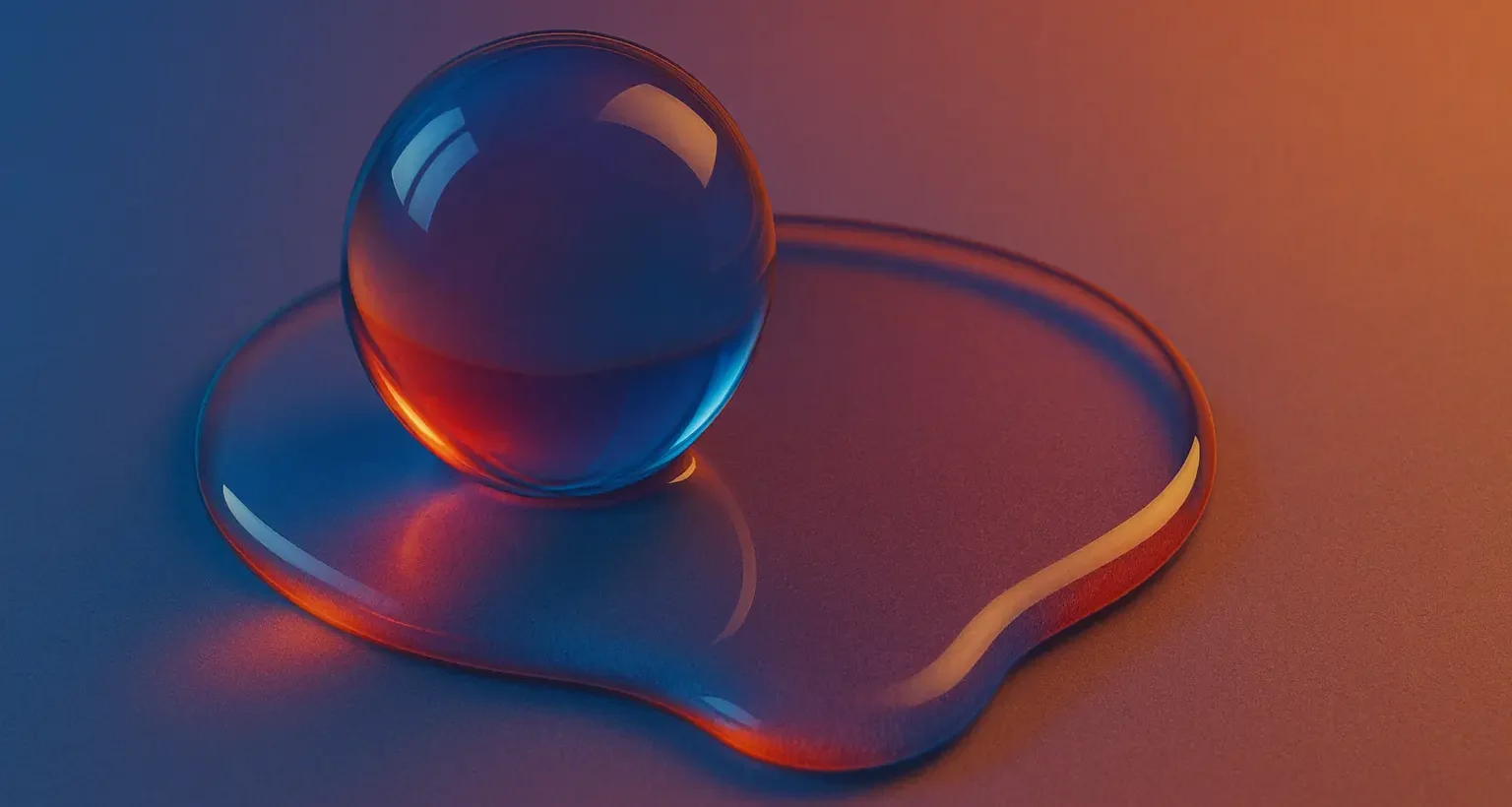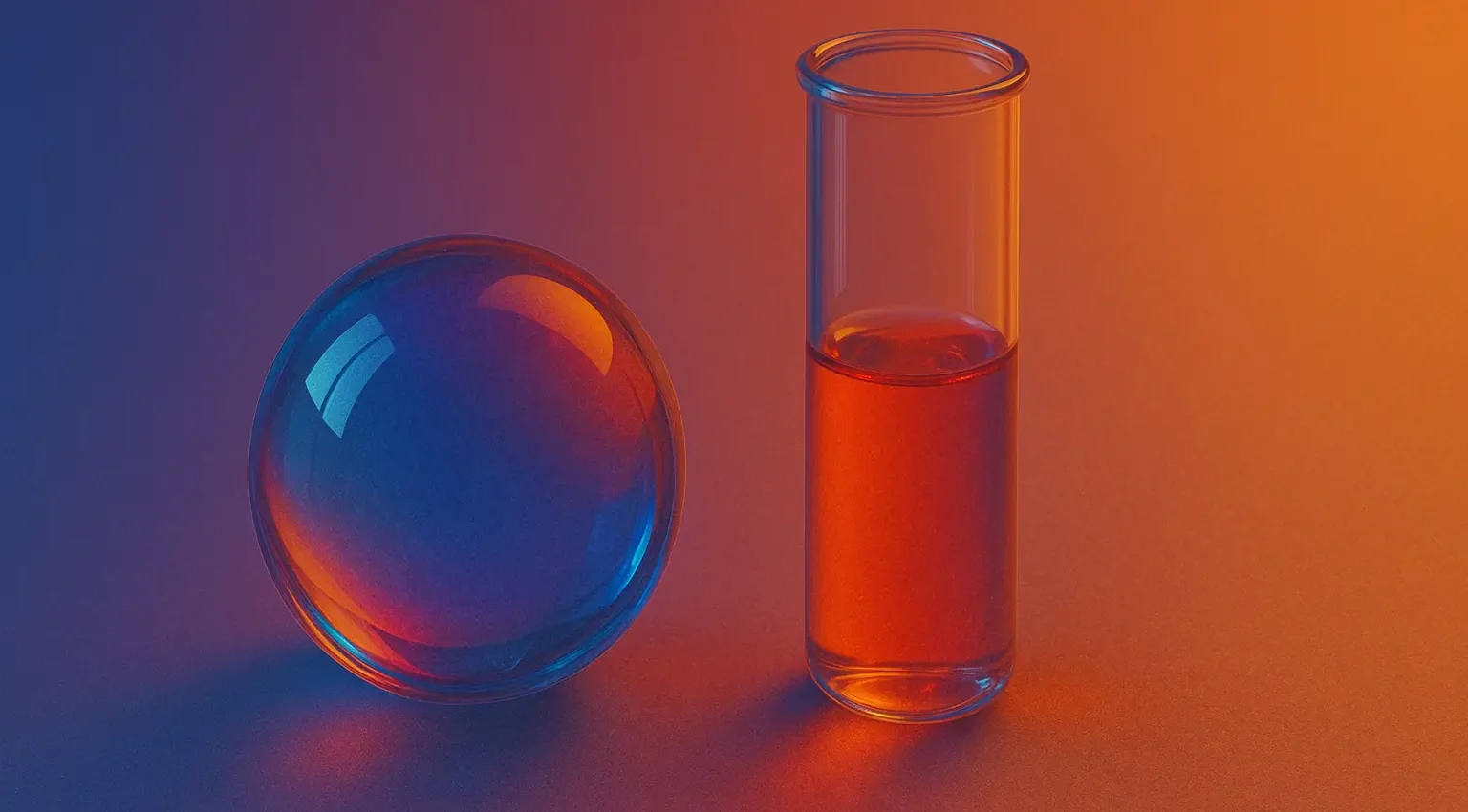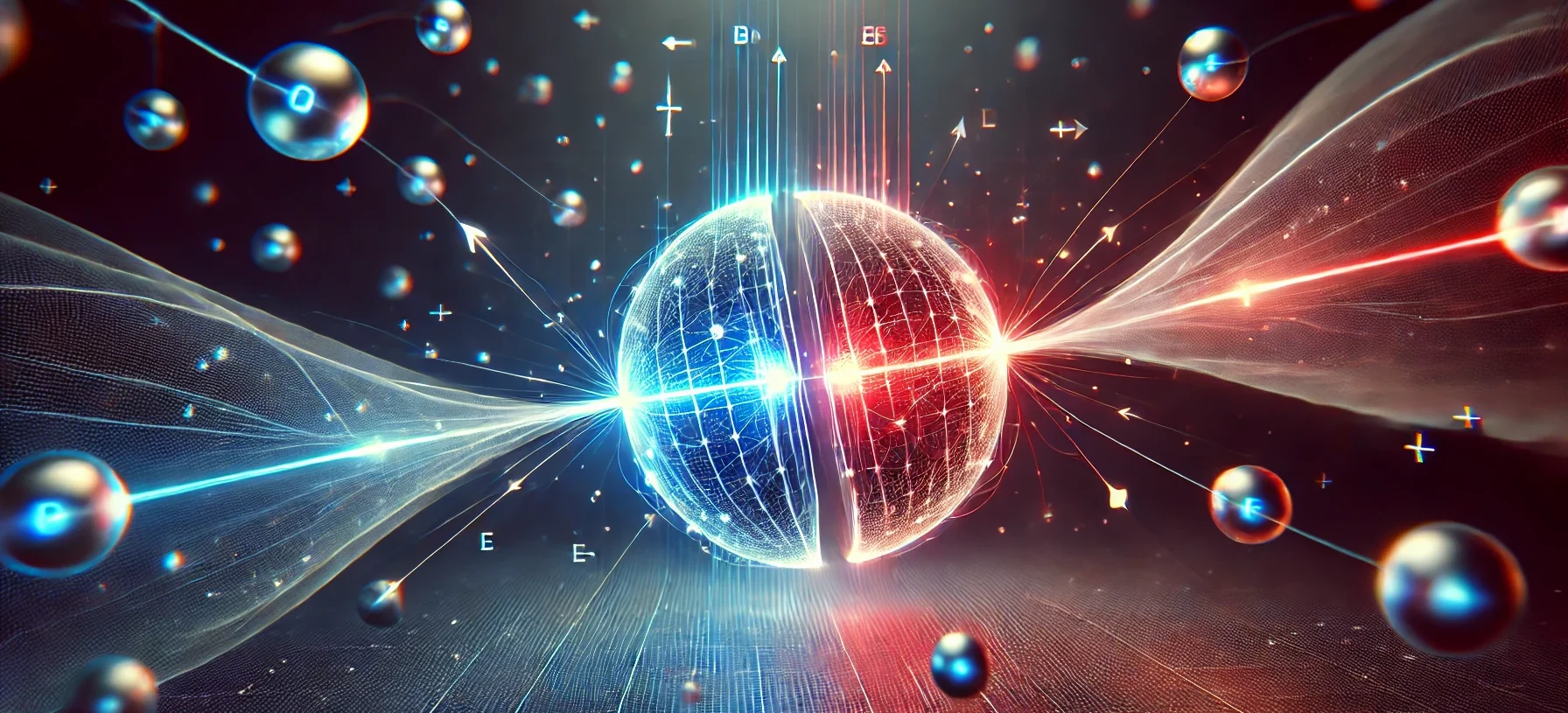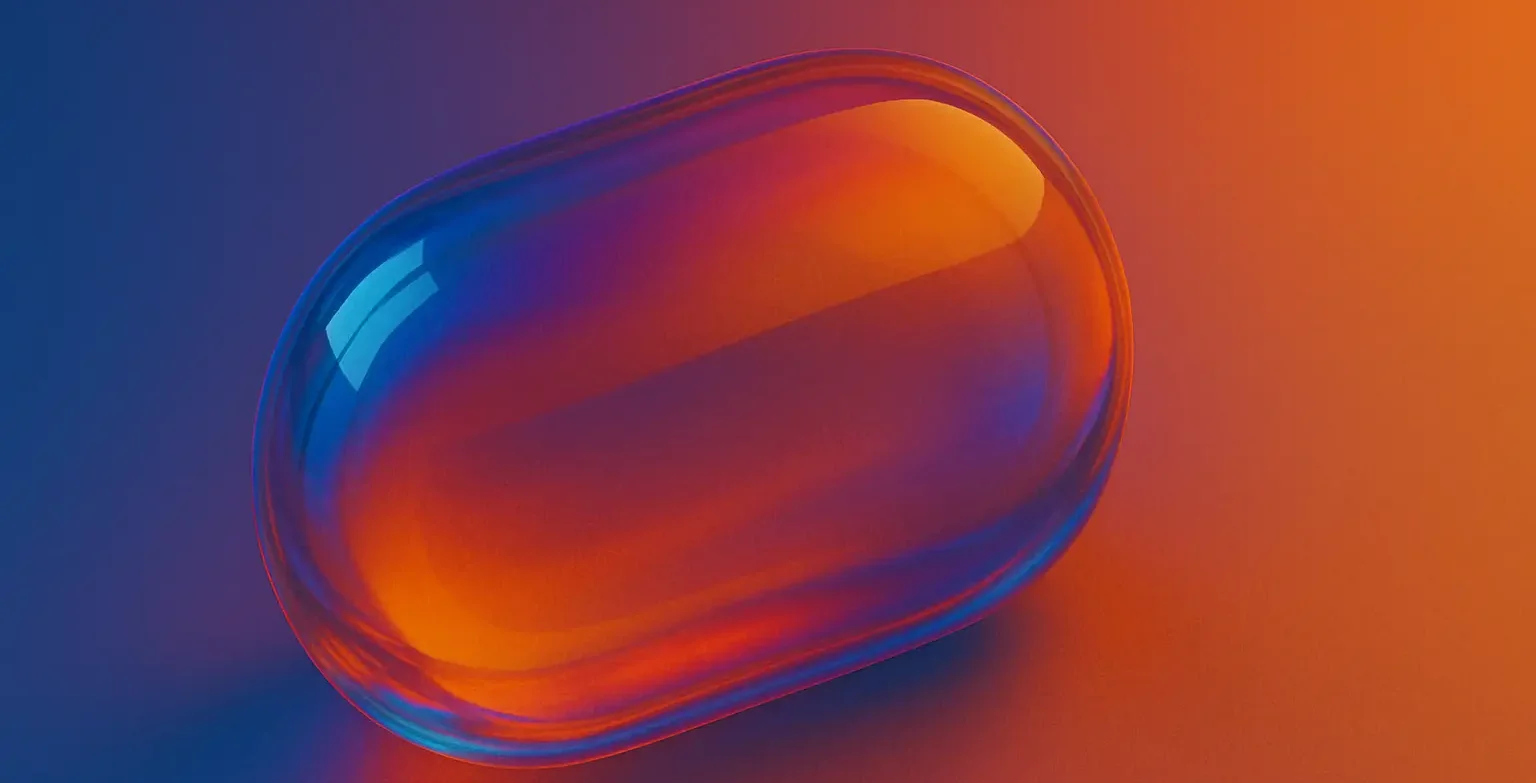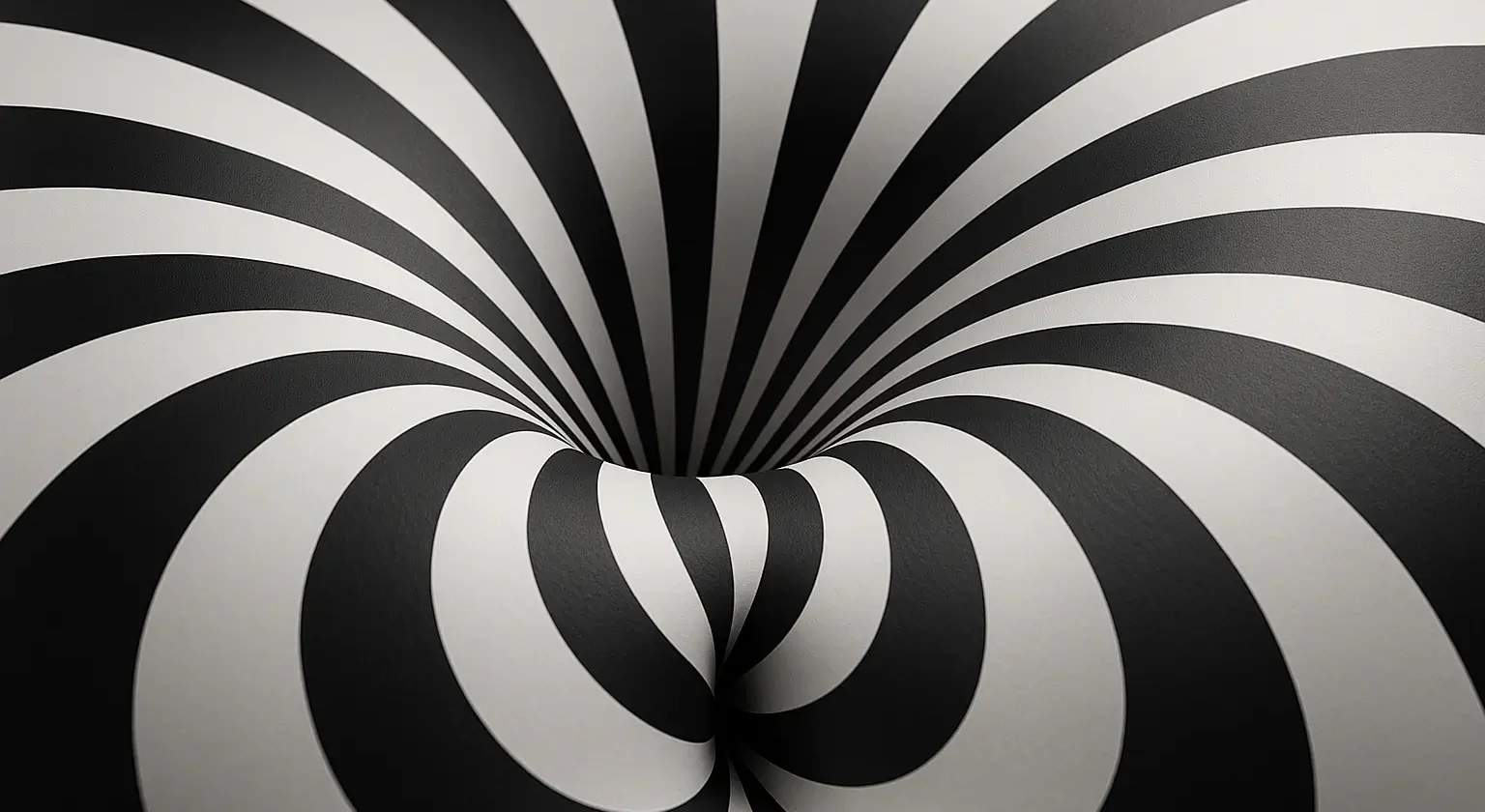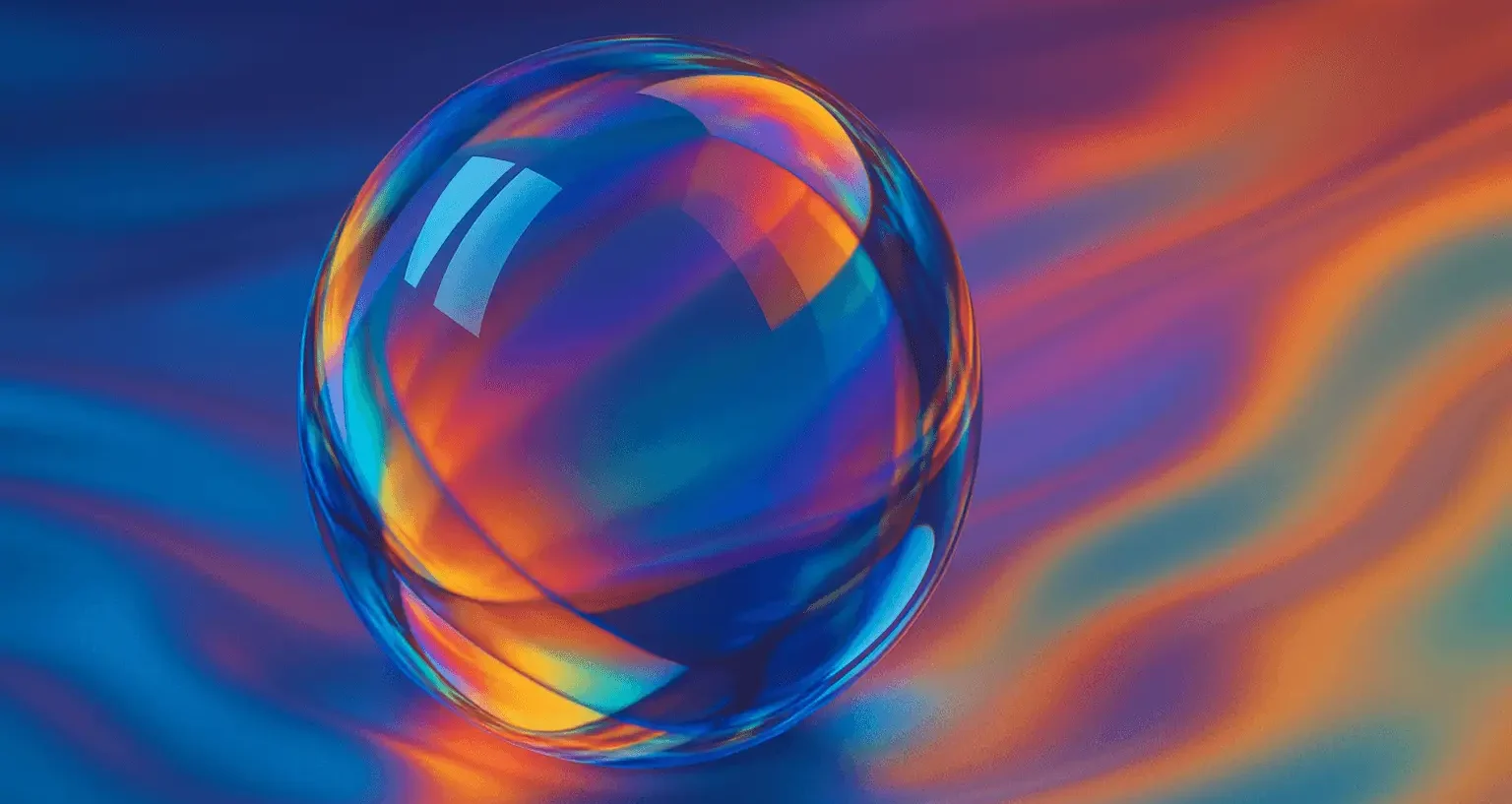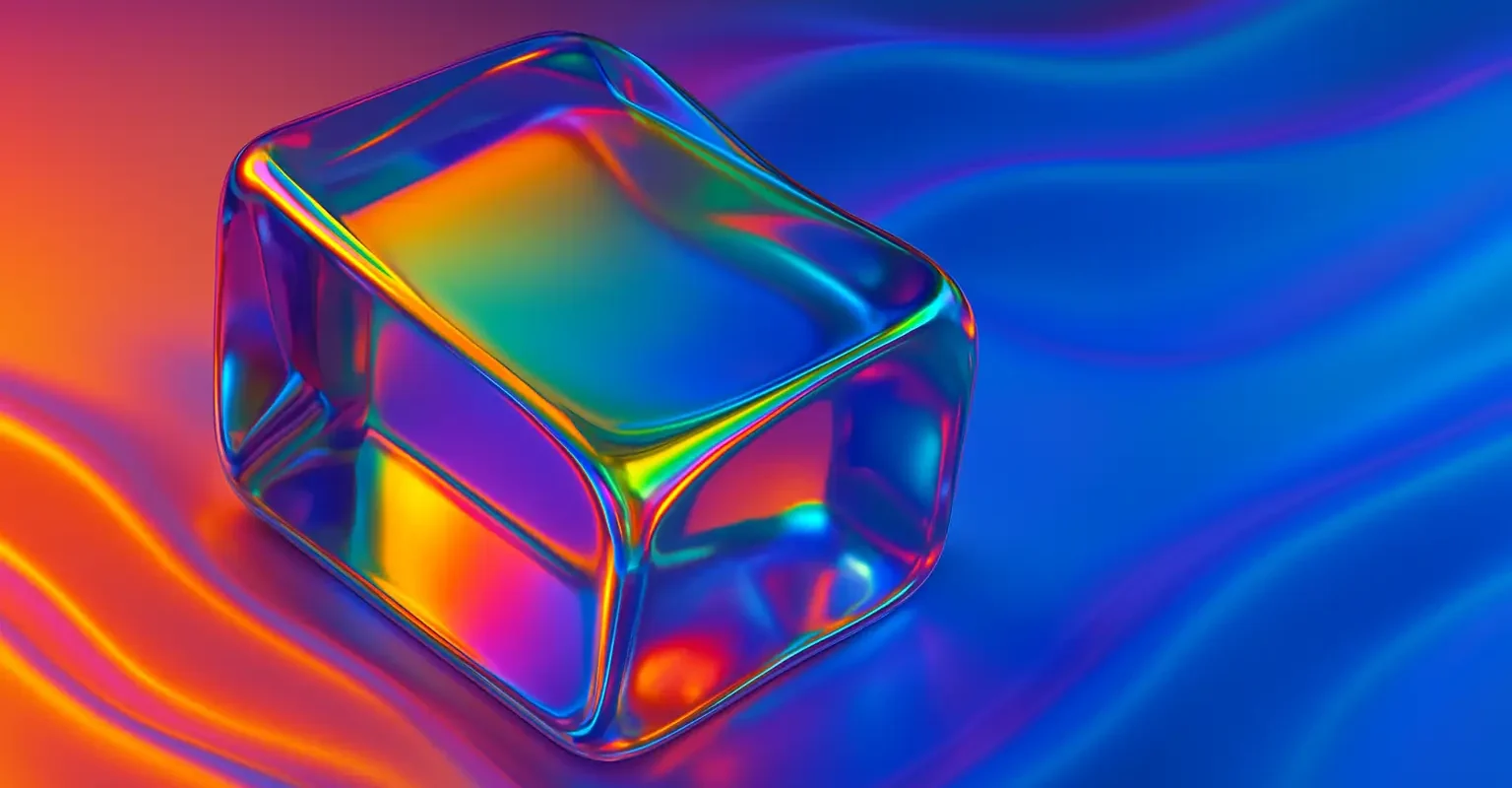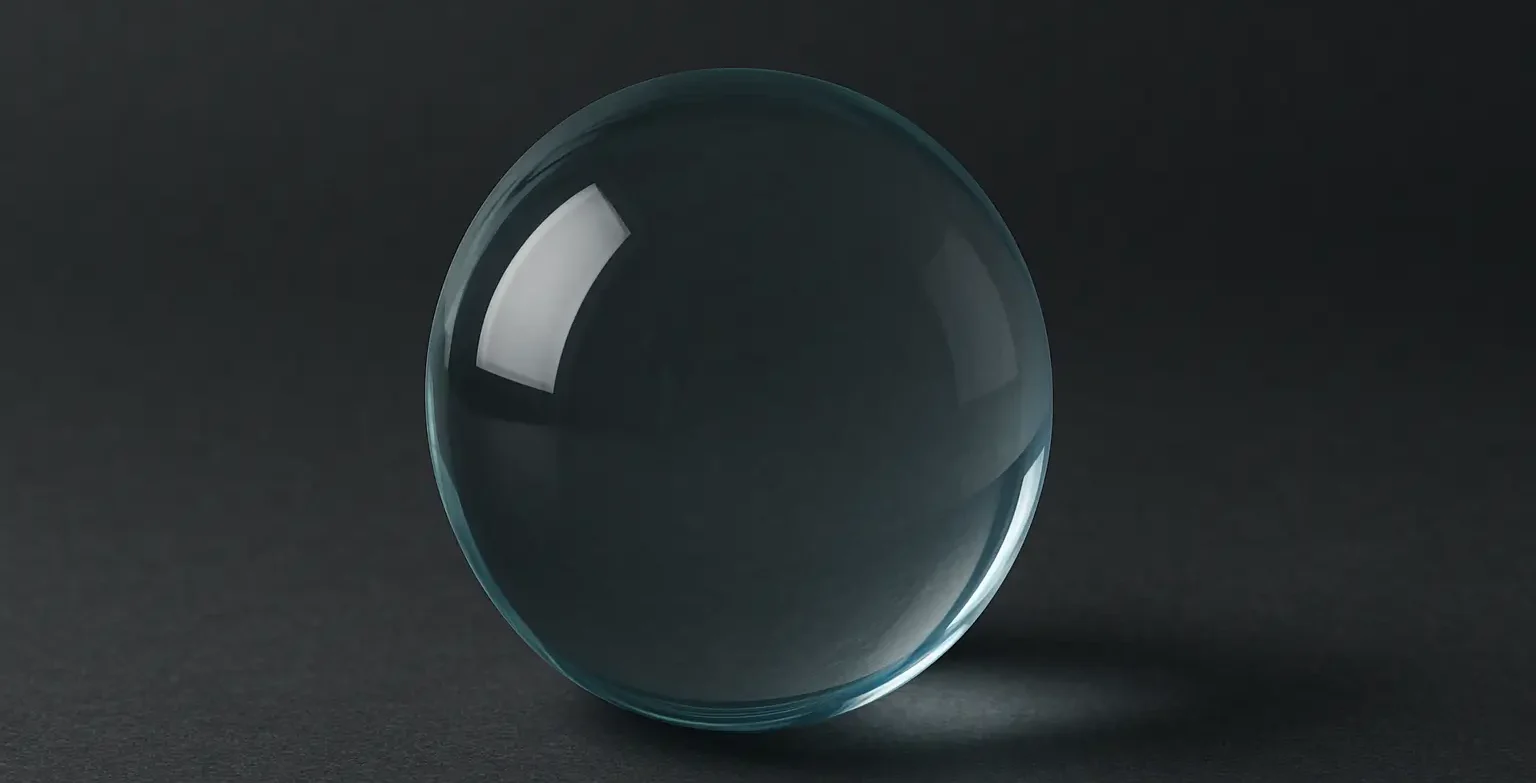Surface and Interfacial Phenomena
Introduction of Surface and Interfacial Phenomena Surface and Interfacial Phenomena are critical in pharmaceutical sciences as they impact the formulation, stability, and effectiveness of dosage forms like emulsions, suspensions, foams, and ointments. These phenomena describe the interactions at the boundaries (interfaces) between different phases of matter—solid, liquid, and gas. A thorough understanding of these interactions … Read more

